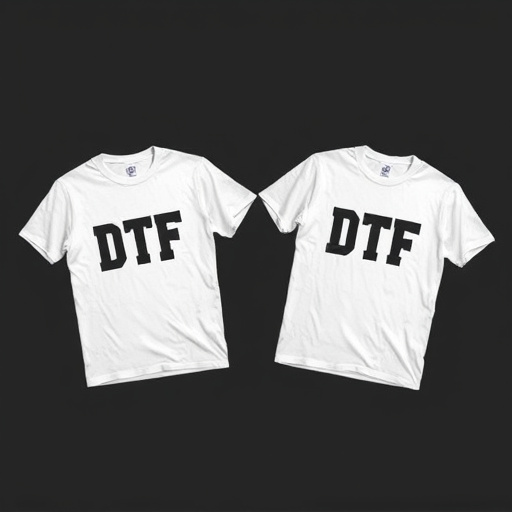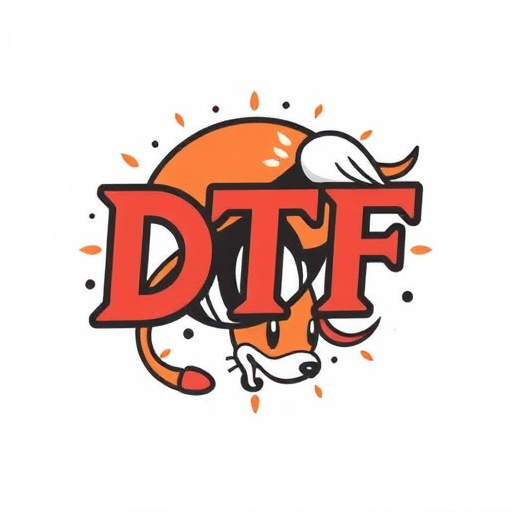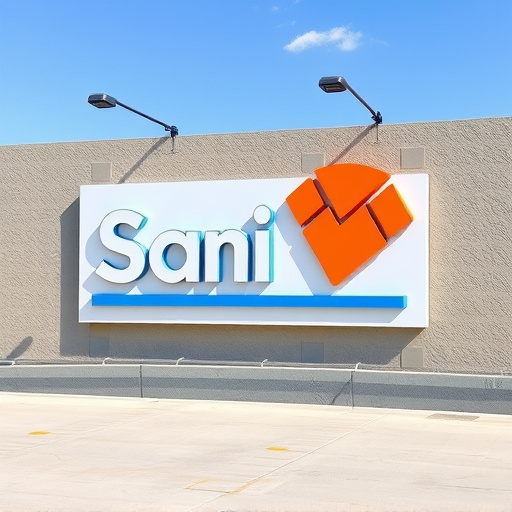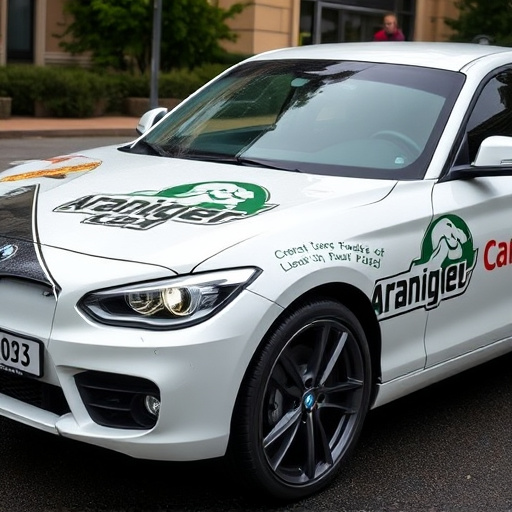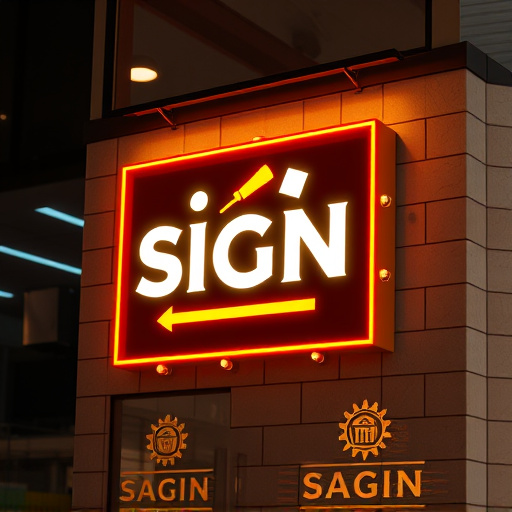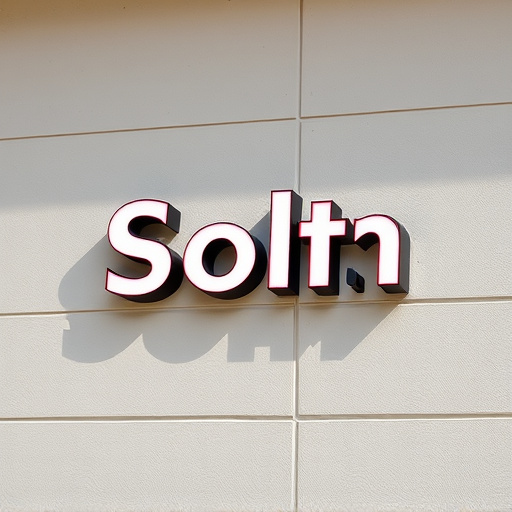Eco-friendly event graphics design prioritizes sustainable materials like bamboo, recycled cotton, and linen to reduce plastic waste and carbon footprint. Local sourcing minimizes transportation emissions, while innovative practices such as vegetable-based inks, digital printing, and UV coatings enhance aesthetics and minimize waste. Reusing and recycling post-event materials further reduces landfill waste, appealing to environmentally conscious attendees and enhancing events' green image.
In today’s environmentally conscious world, sustainability is no longer an option but a necessity, especially in the vibrant event industry. This article explores eco-friendly practices in event graphics design, offering valuable insights for planners and designers. From selecting green materials for backdrops to implementing sustainable print habits and reducing waste through reuse and recycling, these strategies ensure your events leave a positive footprint. Discover how to create visually stunning designs that are kind to the planet.
- Choosing Eco-Friendly Materials for Event Backdrops
- Sustainable Print Practices for Event Branding
- Reducing Waste: Creative Reuse and Recycling Strategies
Choosing Eco-Friendly Materials for Event Backdrops

When designing event backdrops for an eco-friendly approach, selecting sustainable materials is a powerful step towards reducing environmental impact. Opting for natural fibers like bamboo, recycled cotton, or linen can significantly cut down on plastic usage commonly associated with traditional display setups. These materials not only enhance the overall aesthetics of the event graphics design but also contribute to better air quality and reduced carbon footprint.
Moreover, considering long-lasting options can prevent waste generation. For instance, choosing reusable backdrops over disposable ones or opting for high-quality fabrics that can be cleaned and repurposed reduces the need for constant material replacements. Additionally, incorporating locally sourced materials further minimizes transportation emissions, making your event graphics design more aligned with sustainable practices, especially when coupled with innovative solutions like car customization using eco-friendly materials (such as ceramic window tinting or scratch protection films).
Sustainable Print Practices for Event Branding
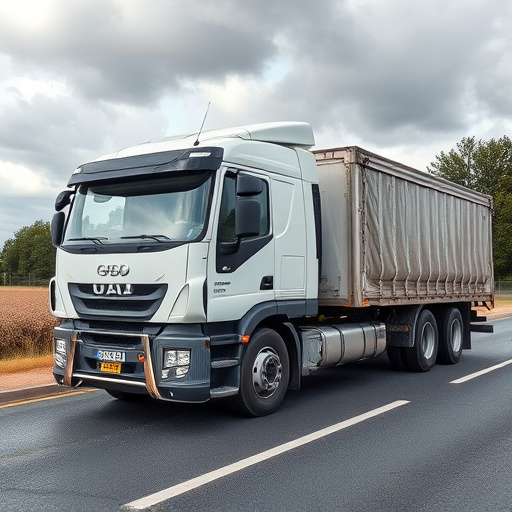
Incorporating sustainable print practices into event branding is a crucial step for designers looking to create impactful and eco-friendly event graphics. One innovative approach is to utilize vegetable-based inks, which offer an alternative to traditional petroleum-based inks, thereby reducing environmental impact. These inks not only provide excellent color saturation but also ensure that the event’s visual identity remains vibrant without contributing to harmful emissions.
Additionally, designers can explore options like digital printing and on-demand production to minimize waste. Digital window tinting techniques, similar to ceramic window tinting but with a focus on sustainability, can be employed for event signage. This method allows for precise application of ink, reducing material wastage. Furthermore, integrating UV protection coatings into printed materials enhances their longevity, reduces the need for frequent replacements, and minimizes the overall carbon footprint associated with event branding.
Reducing Waste: Creative Reuse and Recycling Strategies

Reducing waste is a fundamental aspect of sustainable event graphics design. One innovative approach involves creative reuse and recycling strategies. Instead of discarding materials post-event, designers can upcycle items into new creations or donate them to organizations that can repurpose them. For instance, old banners and posters can be transformed into art installations or recycled into promotional materials for local businesses. This not only minimizes landfill waste but also fosters a circular economy within the event planning industry.
Moreover, integrating eco-friendly printing practices is paramount. Utilizing digital printing technologies reduces paper wastage by allowing for precise amounts of material to be used. Additionally, choosing recycled or sustainable fabrics for displays and backdrops ensures that even custom graphics, such as those offered by premium automotive services known for high-quality finishes, can be designed with environmental considerations in mind. This holistic approach not only conserves resources but also promotes a greener image for events, appealing to environmentally conscious attendees.
Incorporating sustainability into event graphics design is not just an eco-conscious choice, but a strategic way to create visually appealing and memorable events. By opting for eco-friendly materials, adopting sustainable print practices, and implementing waste reduction strategies like creative reuse and recycling, designers can significantly minimise their environmental impact without compromising aesthetics. These simple yet powerful tips empower event organisers to make more sustainable decisions, ensuring that their events leave a positive footprint on both attendees and the planet.


